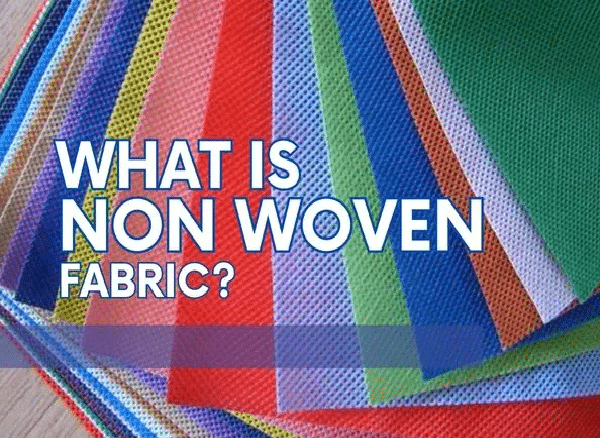As highlighted in the article “What is Nonwoven Fabric? 6 Types and Application” by Textile Details, the manufacturing process of nonwovens involves various methods such as spun bond, spun lace, melt blow, and more. Known for their unique properties like high porosity, softness, durability, and cost-effectiveness, nonwoven fabrics find applications in diverse industries.
Nonwoven fabric, formed without the interlacing of fibers, offers flexibility and porosity. Comprising one or more layers of fibers, these fabrics are created through mechanical, chemical, or thermal techniques. At the forefront of incorporating these fabrics into various industrial and consumer applications, companies play a crucial role in advancing the applications of nonwoven textiles, utilizing materials like viscose, polyethylene, polyester, polypropylene, and even cotton for medical end-use products.
These fabrics, whether thin and light or sturdy and durable, are tailored for specific uses. The choice of raw materials, forming and bonding techniques, and finalizing treatments contribute to the high-performance capabilities of nonwoven fabrics.
Click here to discover Acme Mills’ diverse textile solutions.
Photo and article with all rights reserved, courtesy of textiledetails.com










